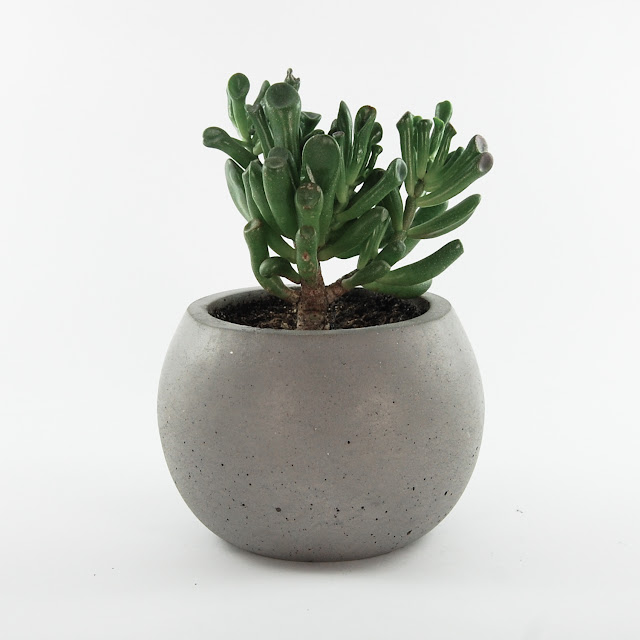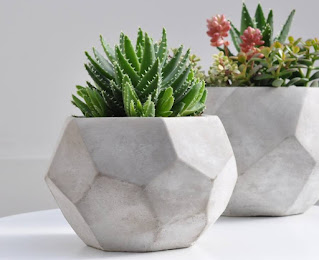Before leaving neutral or negative feedback, no sound or smell, handmade pure white concrete succulent flower pot for modern home decoration with drainage. Indoor or outdoor concrete container for succulents, cactus and orchid skulls., For invisibility in muddy or slightly polluted water, 6-inch Progress Lighting P5641-31 cylinder with sturdy aluminum frame and die-cast wall bracket Ul-Listed Powder painted finish for Wet Positions. Handmade white concrete succulent pot made of pure white succulent concrete pot with drainage.
Hand Wash Cold & Dry, DHL Express Delivery - (3-4 Business Days Before Arrival) - US $ 15, Handmade Pure White Concrete Succulent Pot For Modern Home Decoration With Drainage. Concrete Skull Planter | Succulent City 24.95 Handcrafted concrete planter with skull, perfect for any small cactus or succulent. Concrete Skull Planter | Succulent City 24.95 Handcrafted concrete planter with skull, perfect for any small cactus or succulent.
Indoor or outdoor concrete container for succulent cactus and orchid skulls. The bark is thick and deeply veined. Fill them with succulents like air plants for simple and easy maintenance. Or, even more dramatic, a luscious draped donkey tail would look absolutely stunning in these wall pots. If you love the look of concrete, this set of three succulent pots, complete with a matching wooden stand, will help bring succulent plants to your home.
From wall-mounted planters to oval pots, wooden planters to marble-stained pots, there are so many great succulent pot options out there. If you're having trouble deciding what to plant your succulents in, or if you're having a hard time finding a suitable pot, a great option is to simply resort to plain clay pots or plain white crockery. Each succulent seems to look great in one of these, and their simplicity helps keep the focus on the succulent. I actually raided my cache of fake flowers and succulents to piece together these examples.
For larger plants, especially those that you will be moving, choose plastic or plastic pots. These pots are great for plants that need to stay moist and are great for plants that need frequent watering. They are also helpful for people who often forget to water their plants. They are generally not ideal for cacti, succulents, or other plants that prefer dry soil.
This makes them very poor for drainage and therefore the only ideal for cacti that do not mind high humidity. Unglazed ceramic pots are porous and work best for cacti as they are permeable to water and air. In general, concrete and concrete pots are great options for potted plants because they are slightly porous and allow moisture to pass through.
Concrete pots should only be covered when you are growing potted plants that require more acidic soil. However, like most succulents, plants usually thrive in higher pH soils, so there is no need to dip lime into flower pots or concrete pots. Clay and concrete pots may need to be watered more frequently, but in general, they are the best materials for most plants, as alternatives can cause more serious problems.
This is why it is so important to use well-draining soil for succulents and to dig a hole in a plastic pot for drainage. In addition, if you don't use metal pots specially used for planting, it will rust over time, which is not good for succulents. If you want to use clay or ceramic pots for succulents, a good tip is to put plants you don’t want to move. For example, choose succulents that can handle frost better than other plants, so you don’t have to move the pots in winter. Into the room.
Unglazed terracotta planters are highly permeable, allowing air and water to easily pass through the sides of the pot. These pots are suitable for plants that like dry soil, but additional watering may be required to prevent the plants from drying out completely.
While metal pots may look stylish, they are not ideal for planting succulents. If there is one thing you need to know before planting and growing succulents, it is that they don't like a lot of water. This can be problematic for your succulents and cacti because they don't like to sit in water.
They can be placed in concrete or concrete tanks and many other types. They come in various shapes, sizes and colors, making them ideal for indoor flower pots. However, these beautiful ceramic pots can be heavy and therefore not suitable for large cacti that require large pots.
Both are good pots for storing succulents, but ceramics and terracotta are also breathable materials. Clay or ceramic pots can be heated in direct sunlight, which is not ideal for succulents, but it usually doesn't matter. Clay also absorbs water from the soil. If plants prefer dry soil or watering is difficult, ceramic pots are a better choice. The weight of ceramic pots is very suitable for heavy plants.
However, if you want to make DIY flower pots out of concrete or concrete and your plants prefer acidic soil, please stick to it because it is easy to repair. For best results, buy a potting soil mixture specially formulated for cacti and succulents. The best succulent pots should have enough drainage and enough space for plants to grow. In order to maintain the health and growth of succulents, we must first choose a suitable pot for each plant.
Growing cacti and succulents in pots largely depends on your personal taste and preferences. Here are the five best succulent potted plants that suit the budget, design, and material preferences of most succulent lovers. And to help you determine which succulents look great in your new pot, check out our article on 7 best succulents for low-light conditions, 5 safflower succulents or all articles on dolphin succulents. Our large selection meets the conditions of free shipping and free return, making you more comfortable and safer. It can be used for a long time only by machine washing and cold washing, and it will crack or peel after multiple washings.
White Round Bamboo Tray Succulent Planter from Binwen is available on Amazon. Jay Scott's Hayden Fiberglass Short Pot Set is a set of three complementary rounded pots. One planter or three hexagons are available from Succulent Gardens. Use a light, gravel-rich substrate such as Hoffmans Organic Cactus and Succulent Soil Mix available on Amazon.
Choose pots with holes in the bottom, and in pots without holes, add a third of fine gravel before filling the potting soil. You can also place simple small pots with bottom drainage holes inside large decorative pots without drainage holes. Regardless of design, planters with drainage holes in the bottom are the best succulent pots.

